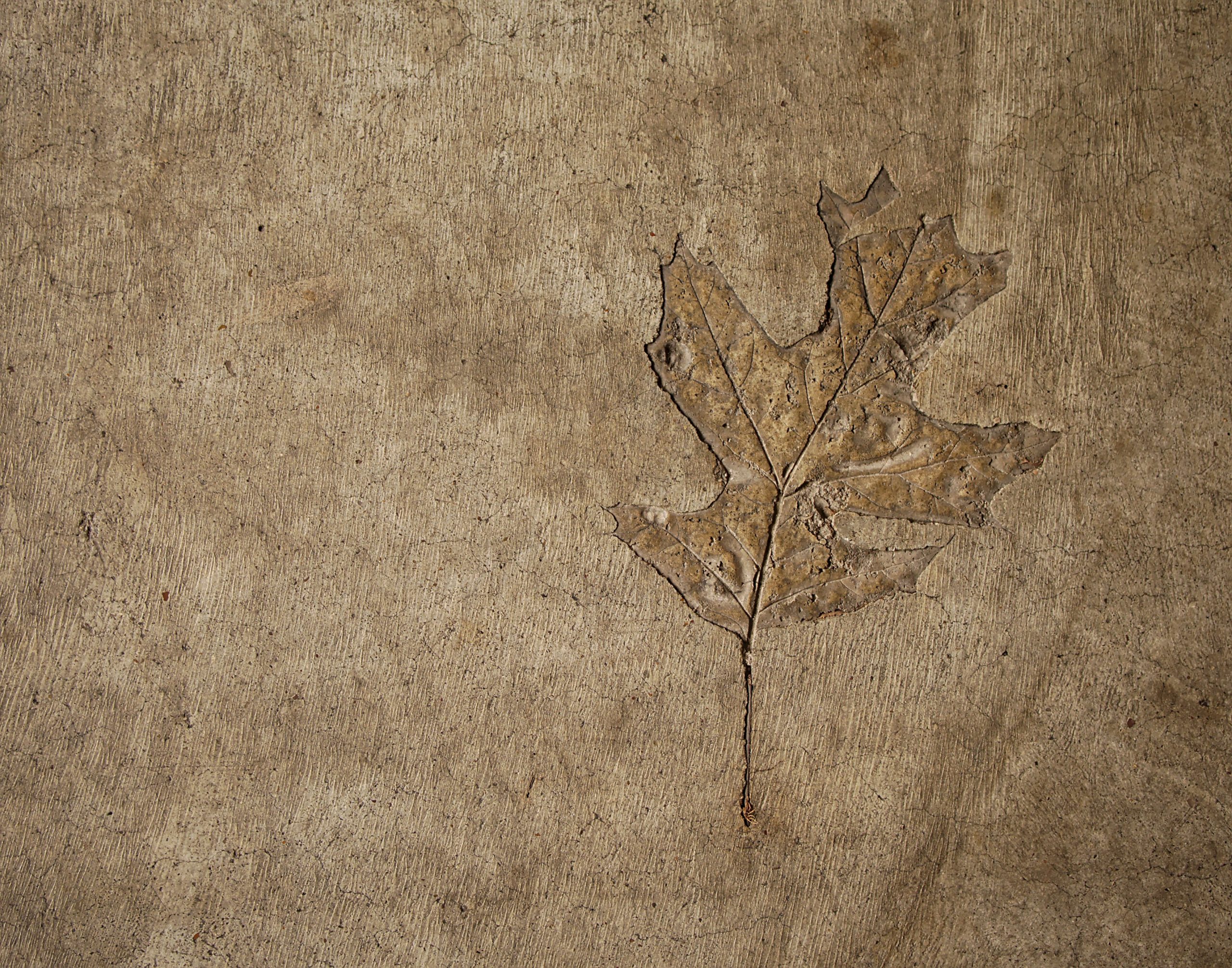
Ian Patrick, FISM News
[elfsight_social_share_buttons id=”1″]
In the summer of 2020, ranger and naturalist Greg Francek discovered a piece of petrified wood within the 28,000 acres owned by the East Bay Municipal Utility District (EBMUD). What Francek found was a fossilized tree, and he eventually located even more such trees near the Mokelumne River watershed in California.
He later revealed that he’d found “the petrified remains of a forest,” a discovery which eventually became one of the most significant in Golden State history. During a more extensive search of the area several weeks later, Francek realized that he had uncovered the bone of a massive animal, which prompted him to reach out to a variety of specialists to look into the area further.
Some of those discoveries have recently been revealed, as reported by SFGate and EBMUD. Research is still being conducted in the area, as the fossilized forest has become a treasure trove for paleontologists and geologists. Multiple species of creatures have been discovered from the fossilized remains.
Recovered species include elephant-like mastodon with two tusks, gomphothere with four tusks, rhinoceros, camel, horse, bird, fish, tortoise, and tapir, among others still to be identified.
Bones revealed from the site include perfectly preserved teeth from a tapir, a complete mastodon skull, the foot bone from a camel, a horse tooth (predating the European colonization of America), the jaw of a rhinoceros, the remains of a tortoise, and the jaw of an extinct creature dubbed the “gomphothere.”
@EBMUD and @ChicoState announce the discovery of five- to ten-million-year-old #fossils in the #MokelumneRiver watershed. Recovered species include a two-tusked mastodon, a four-tusked gomphothere & more. Learn about this pre-histor-epic find! https://t.co/xVhiKLewZJ pic.twitter.com/6XD8L8GQIY
— East Bay Municipal Utility District (@ebmud) May 18, 2021
A similar fossil find was made in the area in 1947, though not to this magnitude. A surveyor known as Murray Kelley found remains of a mastodon during the construction of an EBMUD pipeline, but that was the most that was discovered in this area up until now.
The excavation sites where the fossils were found are currently protected by the United States Paleontology Resources Preservation Act, as well as the Municipal Utility District Act. EBMUD states that the fossils remain their property, and they teamed up with a “field research program” at CSU Chico. Excavation is ongoing, and more discoveries are sure to follow.
